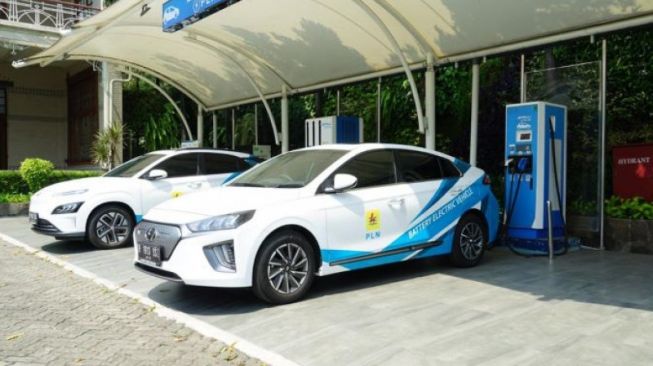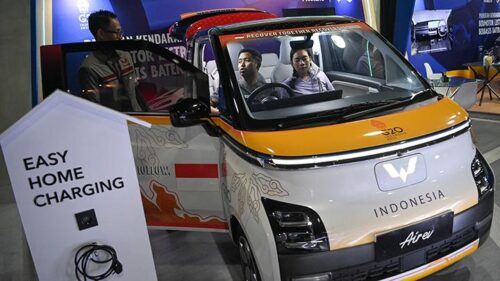Indonesia’s Subsidized Electric Vehicle Purchase Program was introduced in 2019 to promote the adoption of electric vehicles and reduce the country’s reliance on fossil fuels. The program offers incentives and tax breaks to individuals and businesses who purchase electric vehicles. While the program has been hailed as a positive step towards sustainability, it has also faced criticism from some quarters. This article critically reviews Indonesia’s Subsidized Electric Vehicle Purchase Program, exploring its benefits and limitations.
Benefits of the Subsidized Electric Vehicle Purchase Program
The Subsidized Electric Vehicle Purchase Program has several benefits. Firstly, it promotes the adoption of electric vehicles, a more sustainable and environmentally-friendly mode of transportation compared to petrol and diesel-powered vehicles. Electric vehicles emit fewer greenhouse gases, reducing the carbon footprint of Indonesia’s transport sector. This is a crucial step towards achieving Indonesia’s climate goals and fulfilling its commitments under the Paris Agreement.
Secondly, the program helps to reduce the country’s dependence on imported fossil fuels. Indonesia is a net oil importer, and its transport sector is one of the biggest oil consumers. By promoting the adoption of electric vehicles, the program can reduce the demand for oil and increase the country’s energy security.

Thirdly, the program can create economic opportunities. Indonesia has a nascent electric vehicle industry, and the program can help to spur its growth. The incentives offered by the program can encourage businesses to invest in electric vehicle production and infrastructure, creating jobs and boosting the economy.
Limitations of the Subsidized Electric Vehicle Purchase Program
Despite its benefits, the Subsidized Electric Vehicle Purchase Program has some limitations. Firstly, the program’s incentives are only available to certain types of electric vehicles, excluding some of the more affordable models. This means the program is not accessible to everyone, particularly those with lower incomes.
Secondly, the program’s incentives are insufficient to make electric vehicles affordable for most Indonesians. Electric vehicles are generally more expensive than petrol or diesel-powered vehicles, and the program’s incentives do not offset the price difference. This means that the program is unlikely to lead to a significant increase in electric vehicle adoption.
Thirdly, the program’s impact on the environment may be limited. While electric vehicles emit less greenhouse gases during operation, their production and disposal can still have a significant environmental impact. The program does not address these issues, meaning that its environmental benefits may be limited.
Indonesia’s Subsidized Electric Vehicle Purchase Program is a positive step towards promoting sustainable transportation and reducing dependence on fossil fuels. The program’s benefits include promoting the adoption of electric vehicles, reducing the country’s reliance on imported oil, and creating economic opportunities. However, the program has some limitations, including its limited accessibility, affordability, and environmental impact.
To address these limitations, the Indonesian government could consider expanding the program’s incentives to include more affordable electric vehicles, increasing the incentives to make electric vehicles more affordable for more Indonesians, and implementing policies to address the environmental impact of electric vehicle production and disposal. By doing so, Indonesia can maximize the benefits of its Subsidized Electric Vehicle Purchase Program and accelerate the transition towards sustainable transportation.
